Ascending from Kilimanjaro's northern side, the Rongai Route offers a unique, tranquil climbing experience. This less-trodden path is situated near the Kenyan border and is famed for its gentle slopes and stunning panoramas. The route's gradual incline allows for a steady, manageable ascent, affording climbers the luxury of solitude amidst nature's grandeur. Ideal for those seeking a quieter journey, Rongai’s charm lies in its uncrowded trails and the opportunity to witness unobstructed views without the bustle of the more frequented paths.
This secluded trail provides a distinctive experience by offering a rare blend of calm and scenic beauty, culminating in the unrivalled reward of reaching Kilimanjaro’s summit.
Choose the Rongai Route for a unique north-side ascent of Kilimanjaro. It is ideal for beginners or those trekking in the rainy season. Moreover, this trail offers clearer views, fewer crowds, and a higher chance of wildlife sightings, all with a gentler climb.
Journey visually with our curated photos that echo the tranquil spirit of the Rongai Route on Kilimanjaro. Each frame captures the essence of this unique path, inviting you closer to the adventure that awaits in the Tanzanian highlands.



The best time to climb Kilimanjaro via the Rongai Route is typically from January to March and June to October, offering more favourable conditions. While the climb is possible year-round, April, May, and November see heavier rainfall, so waterproof gear is essential during these months.
The Rongai Route is one of the Kilimanjaro Climbing Routes, uniquely ascending the northern slope near the Kenyan border. Known for its tranquillity, it offers a different perspective of the mountain and a chance to avoid crowds.
The Rongai Route typically spans 6 to 7 days, with the seven-day option being recommended for better acclimatization and summit success. This extended Rongai Route Itinerary includes an acclimatization day at Mawenzi Tarn Camp.
The Rongai Route is considered one of the less challenging Kilimanjaro Routes, featuring a gentle incline throughout the trek. While not technically difficult, its acclimatization profile can pose challenges.
On average, the seven-day Rongai Route boasts a success rate of around 80%, while the six-day option has a 65% success rate. This route's lower success rate is attributed to its limited opportunities for altitude adjustment.
Yes, the Rongai Route is known for being less crowded than other Kilimanjaro routes. Its tranquil atmosphere appeals to climbers seeking a quieter and more remote experience.
While considered less scenic than some other routes, the Rongai Route Kilimanjaro offers clear views of the mountain due to its lower rainfall on the northern side. It traverses through various terrains, from forests to high-altitude deserts.
No prior trekking experience is required for the Rongai Route, making it accessible to climbers without extensive hiking backgrounds. However, physical fitness is essential to tackle the challenges posed by high altitudes.
Our commitment to exceptional stays goes hand in hand with cultivating strategic partnerships. We take pride in collaborating with a select network of accommodation providers, certifying that our travelers experience comfort, uniqueness, and excellence.